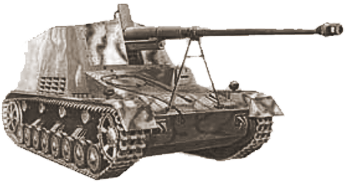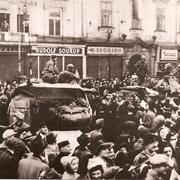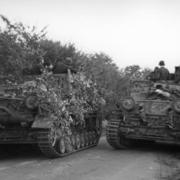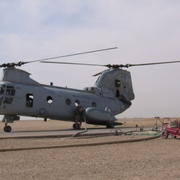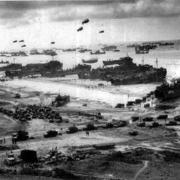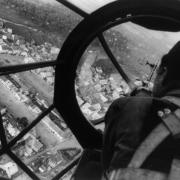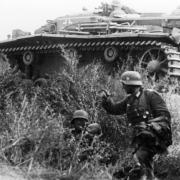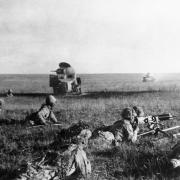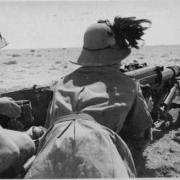By Bryan J. Dickerson*
Introduction
On the morning of 7 May 1945 and as the Third Reich collapsed, soldiers of Combat Command A (CCA), U.S. 9th Armored Division mounted up their vehicles and resumed their advance eastward further into north-western Czechoslovakia. Temporarily attached to the 1st Infantry Division, CCA’s mission was to liberate the Czech city of Karlovy Vary. CCA’s task forces rolled forward against negligible German resistance.

